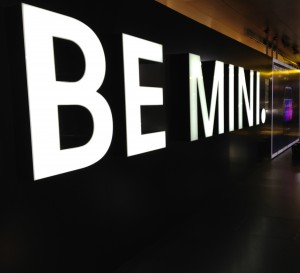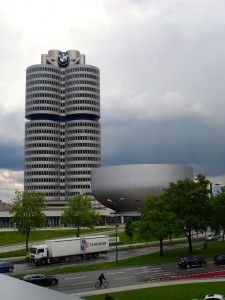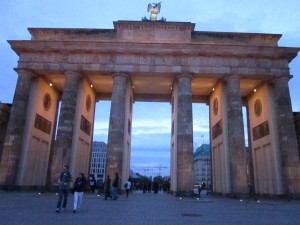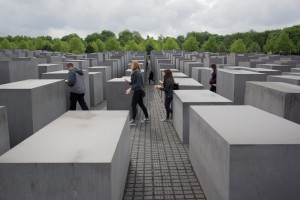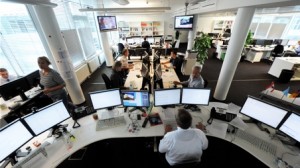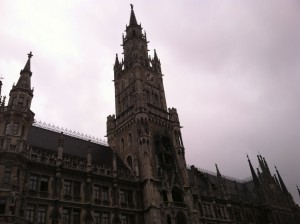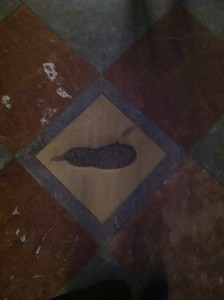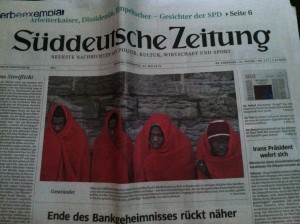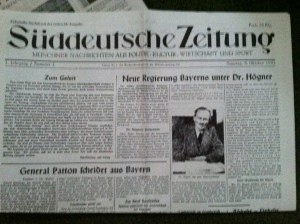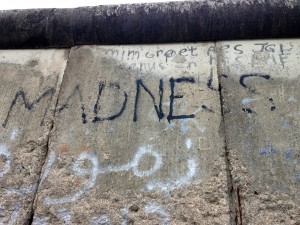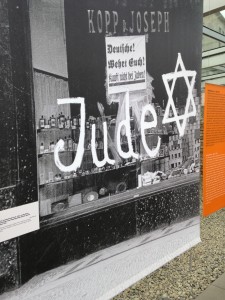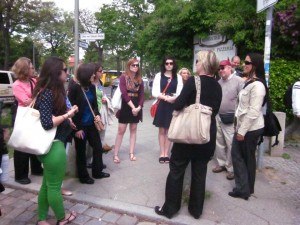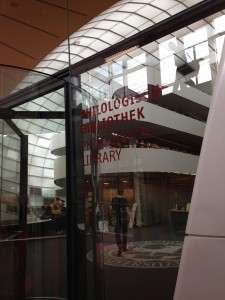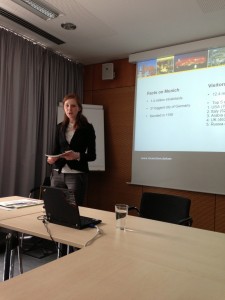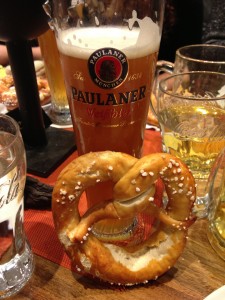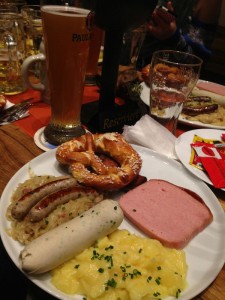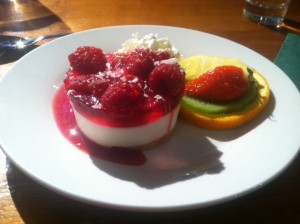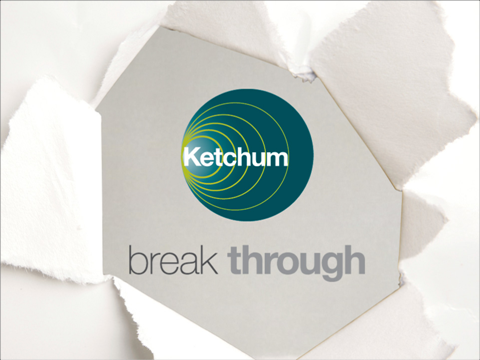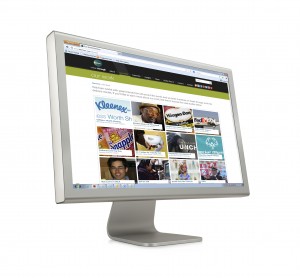by Michelle Graessle
Black leather seats. The cool smoothness of a steering wheel in eager hands. The tenacious purr of a hand crafted engine. Jaw-dropping design that would leave Leonardo Da Vinci in awe. This machine belongs in one place: on the road.
The classic image of a sleek BMW is only slightly altered for the company’s newest concept, BMW i. That difference is not actually even visible, only audible because the BMW i series of vehicles is completely electric. Although its purr may be somewhat muted, its innovation, power and design are unaltered if not improved.
Manuel Sattig, communication manager for BMW project I, is adamant that although combustion engines are becoming more efficient, they will eventually be phased out and electro-mobility will be at the forefront of automotive innovation. He said that people are becoming more and more interested in the environmental and ecological responsibility of the products they buy. With that in mind, and BMW being a customer-driven company, it has to keep up with its customers’ wants and needs and prepare for the future while maintaining brand identity.
“In this time period we are in the middle of an iconic change. Right now, this is not a technology that is the most suitable necessarily for today and tomorrow, but it will definitely be one of the major technologies of the future. That’s why you have to take care of it now, to make your company fit for the future,” Sattig said.
BMW did extensive research before moving forward with the cars. The BMW i3 will be released this fall and the BMW i8 next year. The price for the i3 will be under 40,000 euros in Euope; BMW hasn’t finalize the price yet.
The BMW i was formerly known as the “Megacity Vehicle” and is best suited for urban markets. The car must be charged like any other battery-powered device but is also complemented with a small combustion engine. This combination makes for an extraordinary driving experience while also maintaining exceptionally low fuel consumption and emission levels, Sattig said.
Sattig said that the two most important benefits of driving a BMW i are its focuses on environmental and economic efficiency.
“The environment is important because we have to reduce resources and emissions of vehicles. Also, you can actually say right now that driving an electric vehicle is about half the price, just for energy costs, of driving a very efficient combustion engine. Those are the two major factors people think about when considering electro-mobility,” Sattig said.
New innovations aside, BMW will always be a company devoted to driver experience and the tradition of the brand as Stefan Mueller, a staff member of the International Corporate Communications department, can attest to. For example, it is important to BMW that its cars can go from 0 to 60 mph in four seconds.
“BMW is a brand driven by emotion. Our cars are sold on the notion that driving is for sport and it’s fun,” Mueller said.
BMW can trace its roots back to Karl Rapp and Gustav Otto, according to the company’s website. In 1916, the Flugmaschinenfabrik Gustav Otto company had merged into Bayerische Flugzeug-Werke AG (BFW) at government behest. Elsewhere, in 1917, the Rapp Motorenwerke company morphed into Bayerische Motoren Werke GmbH, which was duly converted into an AG (public limited company) in 1918. BMW became an automobile manufacturer in 1928; the first motorcycle was produced in 1945. It bought the Rover Group in the United Kingdom to expand its range of models, including the Land Rover, Rover, MG, Triumph and Mini. It acquired Rolls Royce in 1998
This idea holds true as visitors cross the street into the BMW Welt and Museum, where the tradition and history of this iconic brand is encapsulated in some exquisite architecture. Classic cars and new concepts are on display for visitors to ogle, including the Rolls Royce and Mini vehicles it produces. Shiny and pristine, the museum holds original airplane engines and motorcycles of the inception of the company as well as showcases the development of BMW through the years.
As the Point Park visitors made their way through the many displays, Mueller’s idea of “driving for sport” is grossly apparent. Each specimen of automotive prowess displayed at the BMW Welt and Museum clearly wants to be used for more than just driving to work. Emotionally invested employees clearly designed and created these cars with some grand scheme of experience in mind; not just for transportation but for the love of driving.
